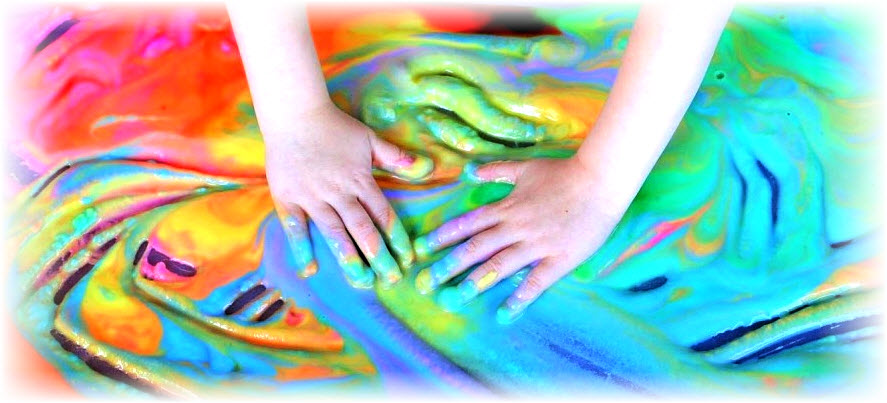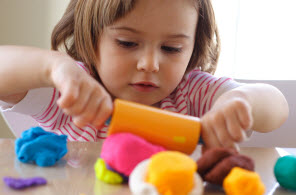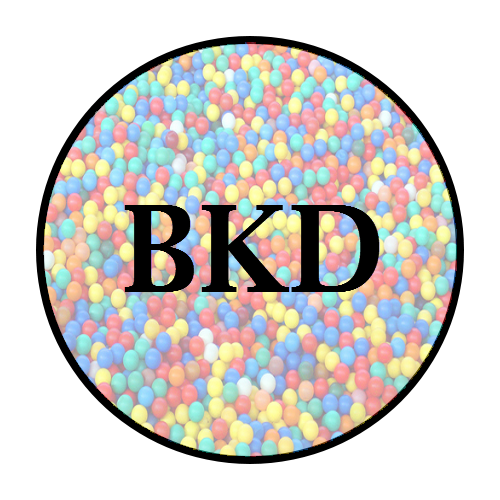 These days, everyone is talking about sensory play. But just what exactly is sensory play?
These days, everyone is talking about sensory play. But just what exactly is sensory play?
Simply put, sensory play includes any activity that stimulates your child’s senses: touch, smell, taste, sight and hearing. Sensory play activities generally refer to activities that are designed to provide children with opportunities to specifically explore, create, play and investigate using their senses.
Children use their senses in every activity they do and of course it’s vital to allow children the time and space to explore on their own in natural settings as well as indoors. However being young, there are many things that they just don’t have access to except through adult assistance. Children need adults to make play-dough for them and to provide them with opportunities to explore new sensations, beyond their familiar surroundings.
Giving little ones a bowl of rice or wheat to run their fingers through, for example, is something children can’t get organised on their own and need help with. Adults can also look for toys that are multi-purpose and can be used for a variety of functions, including sensory play. Toys that have a variety of textures, pleasant sounds, shapes and are visually stimulating are great for young children, and can be known as sensory toys.
Spending time in sensory play helps children develop cognitively, linguistically, socially and emotionally, physically and creatively. Children (and adults) learn best and remember the most information when they engage their senses.Many of our favorite memories are associated with one or more of our senses: for instance, the smell of freshly cut lawn on a Saturday or a song that you used to sing all the time with a best friend. Now, when your nostrils and ears are stimulated with those familiar smells and sounds, your brain triggers a memory to those times.
The more experiences children have using their senses, the more data they have to draw on for future learning. Using the senses helps build pathways in the brain that make abstract learning easier for children.
Angie Dorrell, an Early Childhood accreditation validator says, “Imagine trying to teach a group of four-year-olds about melting without allowing them to hold an ice cube as it melts in their hands or to watch cheese on bread in the microwave. As a grownup, imagine learning how to use a computer without actually sitting in front of a computer!”
Ultimately and without a doubt, we need to experience certain properties with our own senses in order to understand and communicate important concepts as we develop, and this is what sensory play allows children to do.
In addition to these cognitive benefits, sensory play also helps children to develop and improve their gross and fine motor skills, co-ordination and concentration, learn how to work cooperatively and collaboratively, discover and explore their environment, develop their imaginations, creative thinking and ability to solve problems and experiment with solutions.
Now that you know what sensory play is and why it’s so important, are you ready to find some fun activities that excite and inspire the senses to do with your child today?
Whats all the fuss about Multi-Sensory?
Multi-sensory is the biggest buzz word in parenting, teaching, Autism, Alzheimer’s, therapy, you name it and Multi-sensory is the answer. But what is multi-sensory? Multi-sensory means activating more than one of the senses: see, touch, hear, smell, taste. Psychologists have found that all of the senses play important roles in triggering reactions in the brain. If you want to remember something better, make it multi-sensory. The reason this works is because the brain is constantly processing every sense we experience. The whir of your air-conditioning is picked up through your ears and communicated to your brain. Your brain then determines if this is important information to remember or not. In the case of your air-conditioning, because the sound of it is not important, you do not think about it. Not thinking about the air-conditioning makes the memory instantly fade and you do not remember or even notice the noise- this is tuning out (Scott, 2015, p.86).
There are some sensory experiences in life that we need to tune out and others that one needs to apply full attention to. Learning and education are a classic example of things that we want to be attentive with. So how do you help maximize attention and memory? One needs to capitalize on thought. Thinking about something signals to the brain that the information is important and to be remembered therefore moving it from the working memory to the Long Term Memory (Scott, 2015, p.101).
Within the Long term memory there are to areas that information is stored, the Declarative and implicit memories. These memories are created in different ways but the combination of both in a memory makes the recall that much more powerful. Attaching a memory with both the Declarative and Implicit memory is done through a multi-sensory approach. The common literacy approach in the classroom of explicit, modeled, guided and independent instruction is designed to orally impart information, visually impart information and then through the sensory, students receive the knowledge again. As students repeat the activity independently the neuro pathways to the memory are strengthened allowing recognition to turn into recall of the memorized skill.
To be honest, all experiences are multi-sensory. I remember the cartoon I watched in the hotel during my first stay in New York as a mere 8-year-old not just because of the cartoon that I saw but the catchy “Jaba-daba-doo” catch phrase that was played with it. This memory was then strengthened by my brothers and I repeating this catch-phrase repeatedly as we walked along the streets of New York looking for big bird and played in Central Park. The most vivid memories are forged when multiple senses are activated in the memory.
Living in a multi-sensory environment is called life, so why do we still forget? The key with multi-sensory is using the senses to focus your thoughts on the desired topic to remember. Senses are the tool but can be an anarchist as well. ADHD and ADD suffers know all to well that focused senses can hinder the memory through distraction; as they focus their attention on every single sensory experience therefore concentrating on the whur of the air-conditioning instead of what you are telling them. The key is that all the activated senses should be pointing to the same train of thought, thus later allowing access to the memory through any one of the senses. The multi-sensory approach is a buzz word for a reason because it can overload and hinder development but when used to focus it can supercharge the neurological process of memory and cognition.

